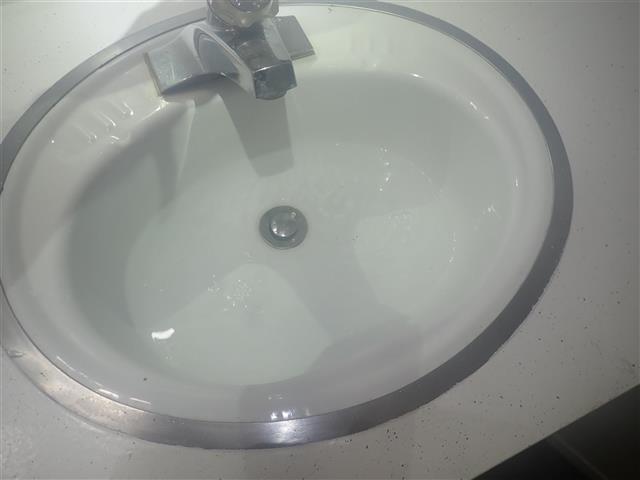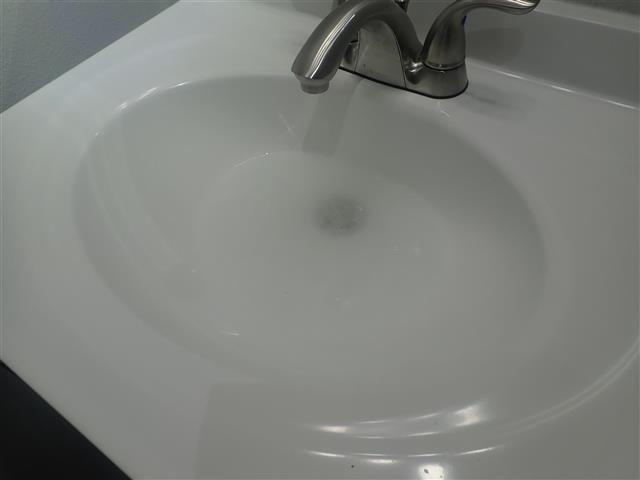
To begin, the homeowner should acquire rubber gloves, an adjustable wrench, a plunger, a plumbing snake, a bucket, vinegar, and baking soda.
An easy initial test that may quickly solve the issue is to pour a half a cup of baking soda down the drain. Then pour boiling water in after. You can also pour baking soda and vinegar down the drain, let sit, and follow with boiling water. This chemical reaction can push through small clogs without disassembly of the drainage piping.
If the above actions do not fix the problem a plunger may do the job. Make sure to clog the overflow drain with a rag or stopper to close the air gap and pressurize the drain line. Plunge the line for a few minutes and then run water down the drain. Repeat this step a few times or as needed. If plunging the sink does not solve the problem it is time to disconnect the drain trap.

If the sink is still clogged after removal and cleaning of the trap, it is time to snake the line. A plumbing snake is a long flexible metal cable with an uncoiled spring at the end. Small plumbing snakes can be bought at most hardware stores and are relatively inexpensive. Carefully insert the snake into the drain line penetrating the wall, while slowly spinning the cable. Push until you feel some resistance and the blockage release. You may need to push the snake in and out a few times while continuously removing the debris stuck to the snake.
Most simple sink clogs can be repaired by following some or all of the above steps. If the sink is still not draining after these repairs have been attempted it is time to pass the job along to a plumber. More invasive repairs may be required and homeowners should be cautious when attempting to perform advanced plumbing work.
Clogged sinks are not only inconvenient, but when an overflow happens can lead to serious damage within the home. Homeowners should only attempt repairs that they feel comfortable doing. Homes have extensive plumbing installations and clogs can be the result of issues well beyond the scope of simply cleaning an accessible drain. When in doubt a qualified contractor should be contacted to facilitate repairs. If you are buying a new home, make sure that the repairs are performed prior to the end of your Inspection Contingency Period.
Please see the following video regarding clogged sink repairs:
